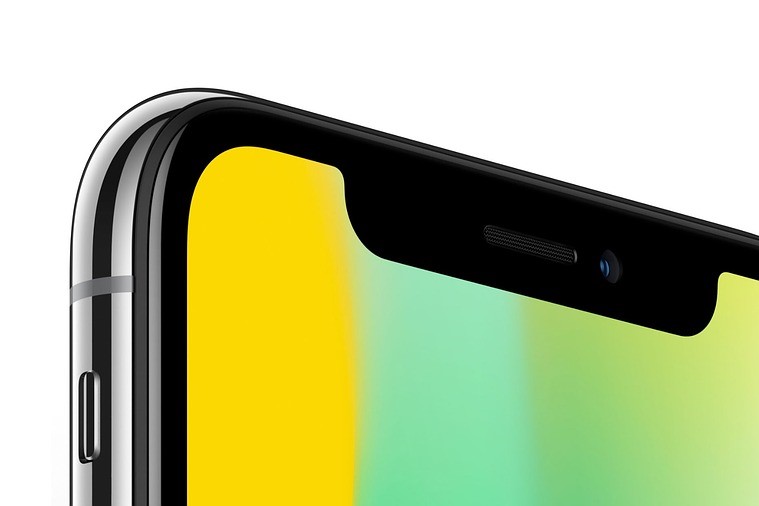
New iPhone announcements are always exciting, but what really gets the team excited is the software implications. Every year, the iOS platform is constantly evolving, and our iPhone App developer team is across the latest updates.
On September 13, Apple announced the form-shattering iPhone X, along with the subtle variation of the iPhone 8 and 8 Plus. As well, they demonstrated the latest capabilities associated with iOS11, the latest software to hit the mobile devices.
iOS11 didn’t hold too many surprises, but the changes that have been implemented require some consideration before jumping straight in. Below, our team have identified a few factors to remember.
Super Retina Display
The iPhone X’s form-factor is completely different from any previous iPhones, doing away with almost the entire bezel around the screen, which is now an OLED display, with High Dynamic Range, meaning that apps can look more gorgeous than ever.
Aspect Ratio
Simply put, the aspect ratio of the screen has now changed, offering almost an extra 20% vertical space, meaning apps now need to be longer than ever before. Ensure that you take note of this in any upcoming builds.
Enhanced Visuals
Especially if your app relies on breathtaking graphics, colours and contrast, ensuring that you develop everything to take advantage of the new screen is a must. To take full advantage of the new display, you need to download Xcode 9 GM seed.
Rounded Corners
Unlike previous iPhones, the new screen has rounded corners, sitting snuggling in the form factor of the new device. Most apps being developed these days have standard, system-provided UI elements that automatically adapt to any new device sizes. However, if your app uses a custom layout, you need to be aware of the new changes.
New Gestures
The iPhone has always innovated on their gestures, from the immediate pinch-to-zoom functionality to the double-tap ability as well. For the new iPhone X, swiping up from the bottom pulls up the home screen, so if your app relies on these types of movements, consider implementing specific changes to their functionality.
ARKit
No, not “Ark it”, A-R-Kit, Apple’s new software for augmented reality (remember when we told you this was a thing?!). Apple is leaning hard into the concept of augmented reality (where 2D or 3D objects are presented in combination with real-world imaging)
TrueDepth Camera
One of Apple’s key features of the iPhone X is Face ID, allowing a user to login to their device with simply their face. Taking advantage of the TrueDepth camera, which maps a full three-dimensional capture of your face, you can now apply more impressive live selfie effects and facial expressions to your app.
Visual Inertial Odometry
As a part of ARKit, Visual Inertial Odometry accurately tracks the world around the phone, making backgrounds more consistent while using an app. Combining this tracking information with movement data allows a device to practically sense how it is moving around a room, with minimal calibration.
Scene Understanding
Utilising high-quality machine learning capability, ARKit can detect particular horizontal planes like tables, placing objects on these planes as standard. Further, the camera sensor can estimate lighting throughout a space and adjust any augmented reality additions as such.
iPhone App Developer’s Dream
There are of course plenty of other things to consider about the new iPhone and iOS platform. Our developers are all over it, so if you want someone to build your brand new app on the next great platform, get in touch with us on 1300 761 806.





